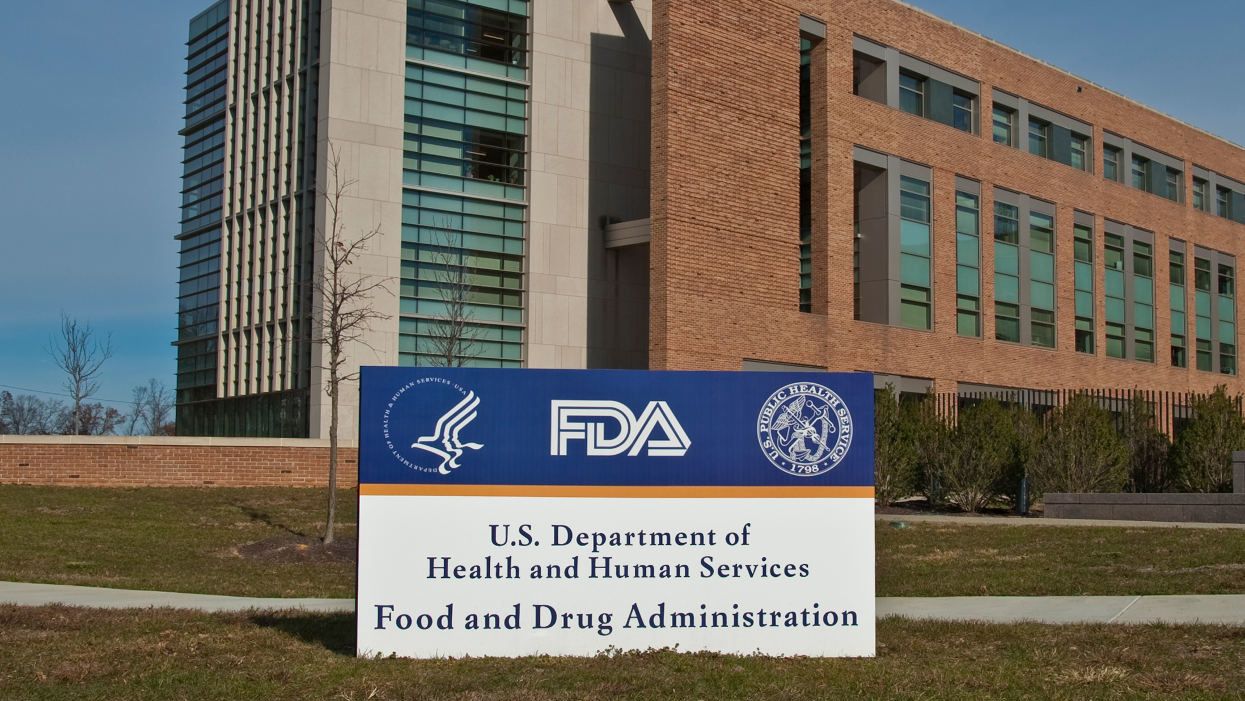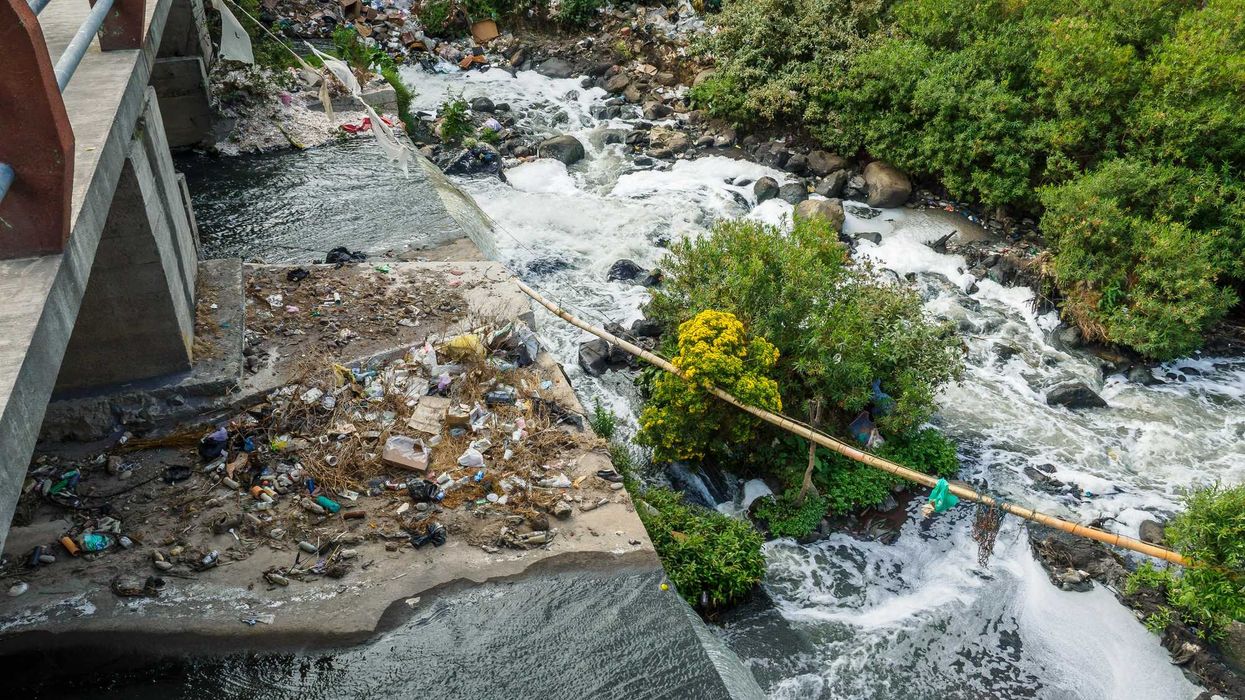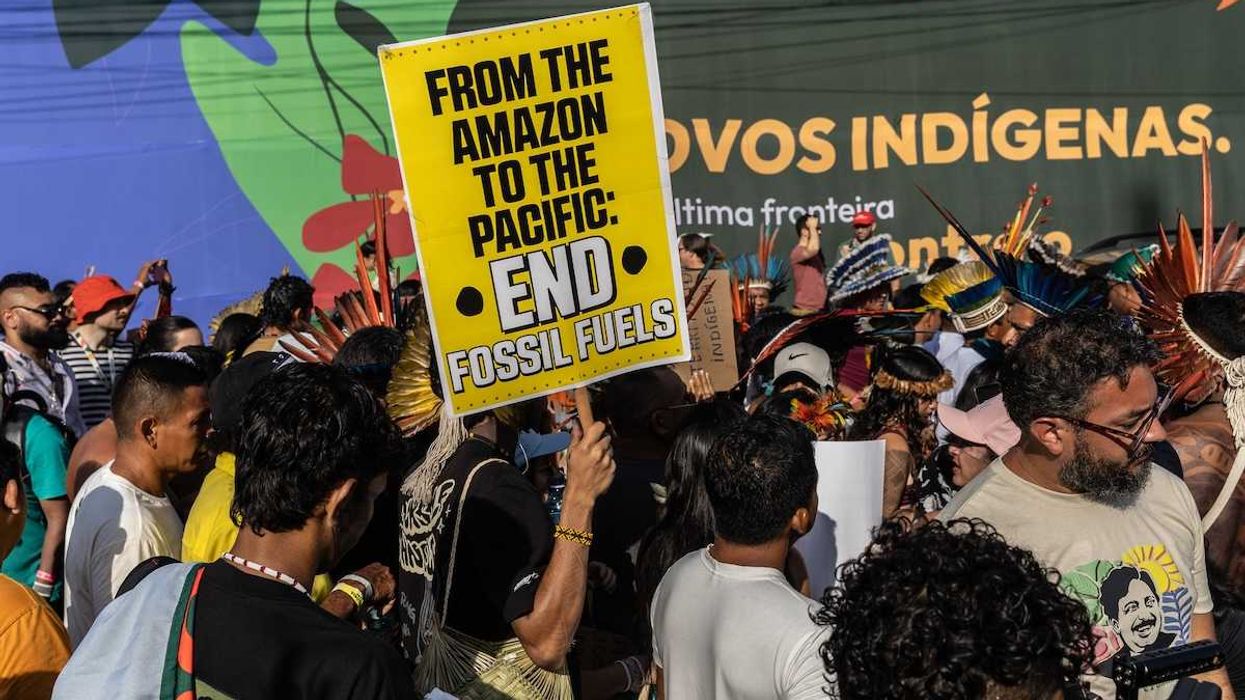Government regulators and academic scientists are at odds over findings from a novel collaborative study on the potential health effects of bisphenol-A (BPA).
In a webcast on Thursday, a representative of the U.S. Food and Drug Administration presented results from the government's portion of the multimillion dollar project, called Consortium Linking Academic and Regulatory Insights on BPA Toxicity, or CLARITY-BPA. The government data, reported K. Barry Delclos, a research pharmacologist at the FDA's National Center for Toxicological Research, indicates that exposing rodents to BPA resulted in some health effects at high doses but not at the low doses to which people are generally exposed.
"The regulatory agencies currently conclude that BPA does not pose risk at estimated dietary exposure levels," Delclos said.
CLARITY-BPA was launched with the intent of reconciling long-standing differences in the data and conclusions of government and academic studies on the health effects of BPA. "There has been considerable debate over many years over risk posed by low level of BPA exposure," Delclos acknowledged.
Related: In a scientific first, researchers gave people BPA — and saw a link to precursor of type 2 diabetes
While some effects did appear at low doses in the FDA's latest study, he explained that his team questioned their biological significance. Among the main arguments he shared for doing so was a "lack of a dose-response" and no "clear pattern of consistent responses." In other words, the health effects in the animals did not appear to increase as the dose of BPA was increased.
A group of academic scientists presented contrasting conclusions in a separate webcast on Wednesday. (Editor's note: Pete Myers, CEO and chief scientist of Environmental Health Sciences, was part of Wednesday's webcast. He is also the founder of EHN, though the publication is editorially independent.)
The FDA may say that BPA poses no health risk at low doses, said Pat Hunt, a reproductive biologist at Washington State University, but "that is not what we think."
Billions of pounds of BPA are produced every year for use in a wide range of products — from plastic bottles to food containers to cash register receipts. And a little bit of that BPA is getting into our bodies all the time. In fact, the U.S. Centers for Disease Control and Prevention has found measurable amounts of the chemical in nearly everyone they have tested.
It is these exposures to tiny amounts of BPA that lie at the crux of the continued controversy.
Health effects found at doses 20-fold lower than the current federal standard
The long-held assumption in the regulatory testing of toxic chemicals is that the dose makes the poison — or a higher dose always poses greater potential harm than a lower dose. But such a notion is "unscientific based on what we know about how hormones and endocrine disruptors work," said Laura Vandenberg, an environmental health researcher at the University of Massachusetts Amherst, who is not a CLARITY-BPA contributor.
Like hormones, BPA and other so-called endocrine-disrupting chemicals have been found to exert powerful effects on the human body at very low doses — even when they appear harmless at higher doses.
The academic scientists pointed out that the FDA study did uncover some serious impacts of the chemical on the mammary gland, prostate, kidney and body weight. Much like the academics' own studies, these effects were primarily linked with the lowest levels of exposure. In fact, half of the significant effects were only found in the low-dose groups and not in the high-dose groups, noted Gail Prins, a researcher at the University of Illinois at Chicago and a CLARITY-BPA investigator.
"This contrasts with what the FDA is claiming that there are only high dose effects and there are not low dose effects," she said.
The draft of FDA's contribution to CLARITY-BPA was released in February. It went through peer review in April and a final report is anticipated by the end of September. Most of the CLARITY-BPA studies by the academic investigators have now been published, with a few still forthcoming. After all the government and academic studies are completed and finalized, a collective report will also be written and released.
"The power of the CLARITY-BPA study is in the combined data," said Hunt, who did not participate in CLARITY-BPA. "That analysis has not been done."
The stakes could be high. Hunt noted that health effects have been found in the CLARITY-BPA studies at doses that are 20-fold lower than the current tolerable daily intake for BPA set by the government. In order to protect public health, that "tolerable" level is itself set to be extremely conservative — 1000-fold lower than the level that government risk assessments found could affect the health of animals.
"That gives us a lot to think about," said Hunt.
















